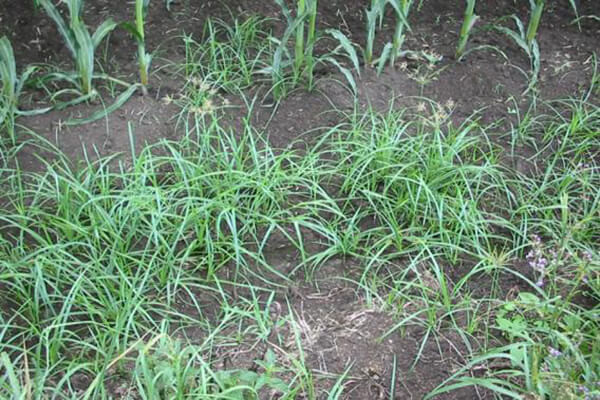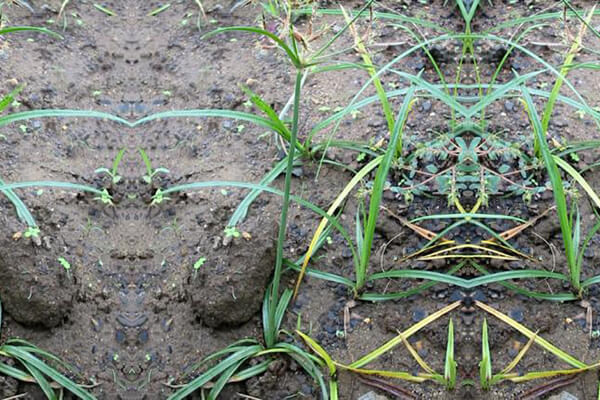
Nutgrass Weed (Cyperus rotundus L.)
Common Names
Also known as: Coco grass, Ground almond, Java grass, Red nutgrass
Description
Nutgrass is a persistent, grass-like weed that grows 20-50 cm tall. It spreads via creeping underground stems (rhizomes) that produce small tubers (10-25 mm long). Its upright, three-angled stems are smooth, and its narrow, tufted leaves (7.5-20 cm long, 2-6 mm wide) are hairless and glossy.
The seed head consists of 3-8 branches (up to 10 cm long), each bearing reddish-brown or purplish-brown flower spikelets (10-25 mm long). These are subtended by two to four green leafy bracts. Nutgrass flowers mainly in summer and autumn, but its seeds rarely mature.
Reproduction and Spread
Nutgrass spreads aggressively through rhizomes and tubers, forming dense colonies. The tubers are often spread through soil movement and cultivation.
Similar Species
Nutgrass can be distinguished from yellow nutgrass (Cyperus esculentus) and downs nutgrass (Cyperus bifax) by its reddish-purple flower spikelets.

